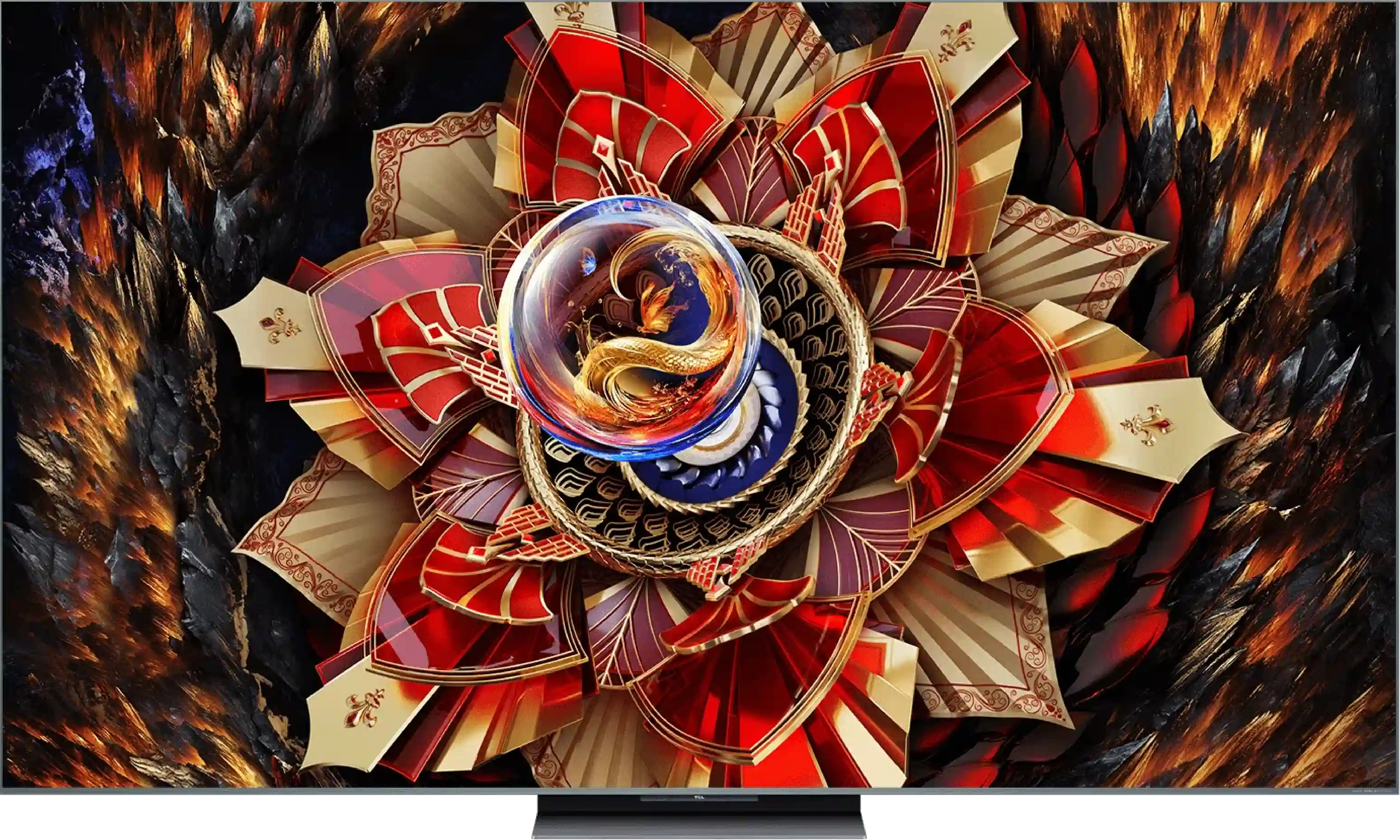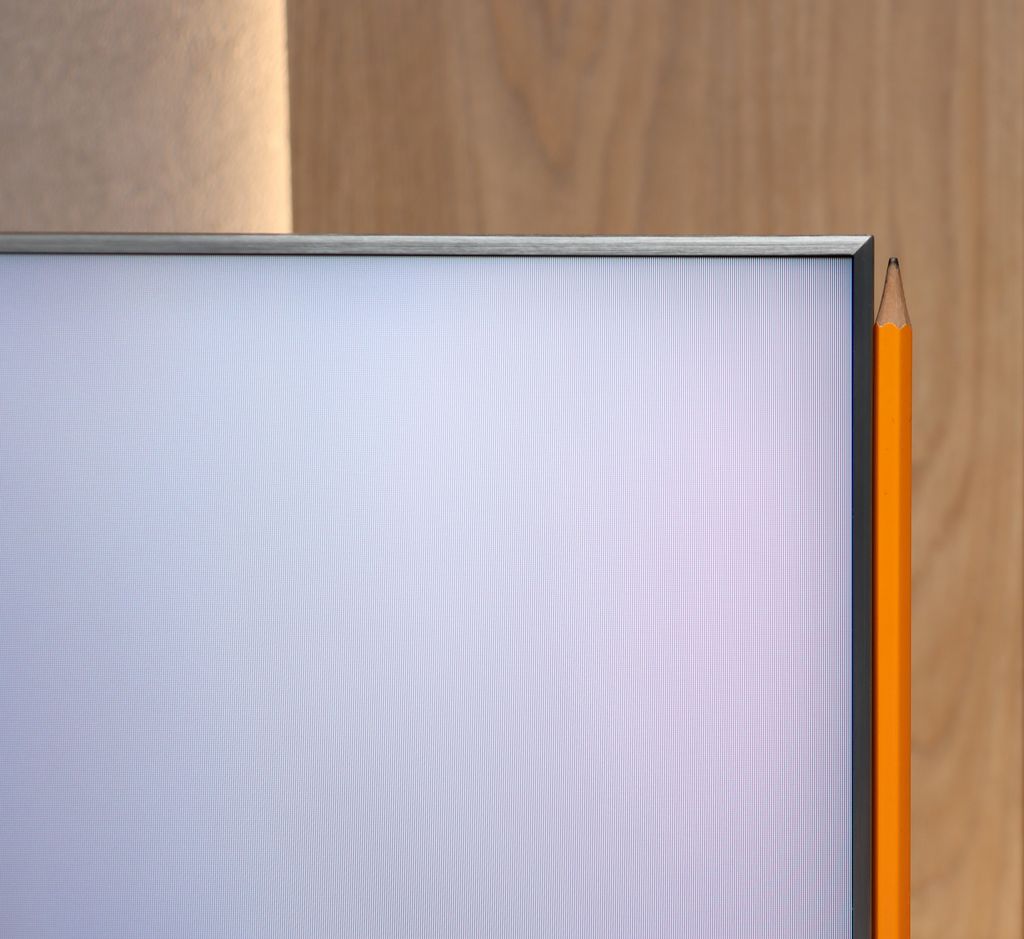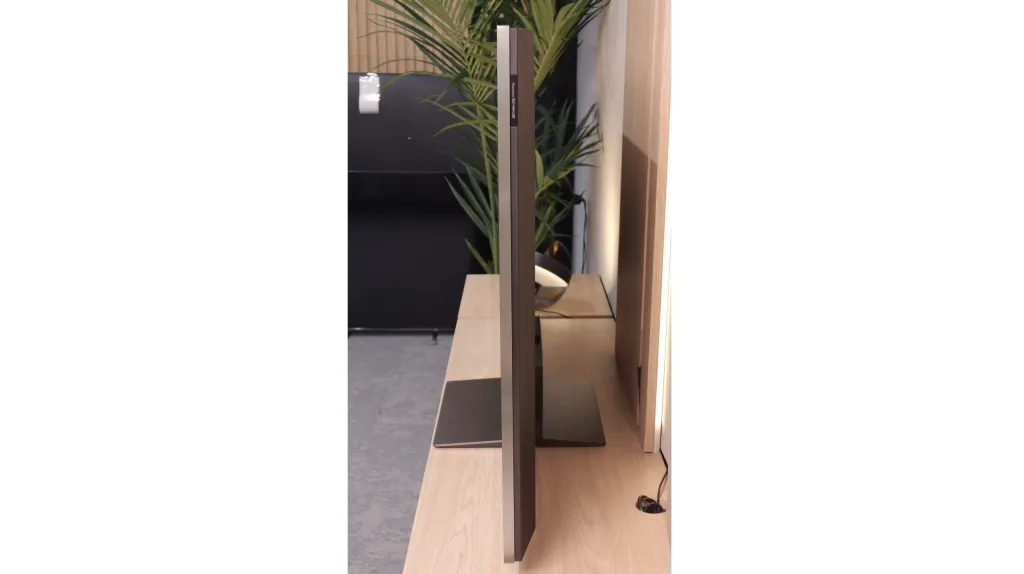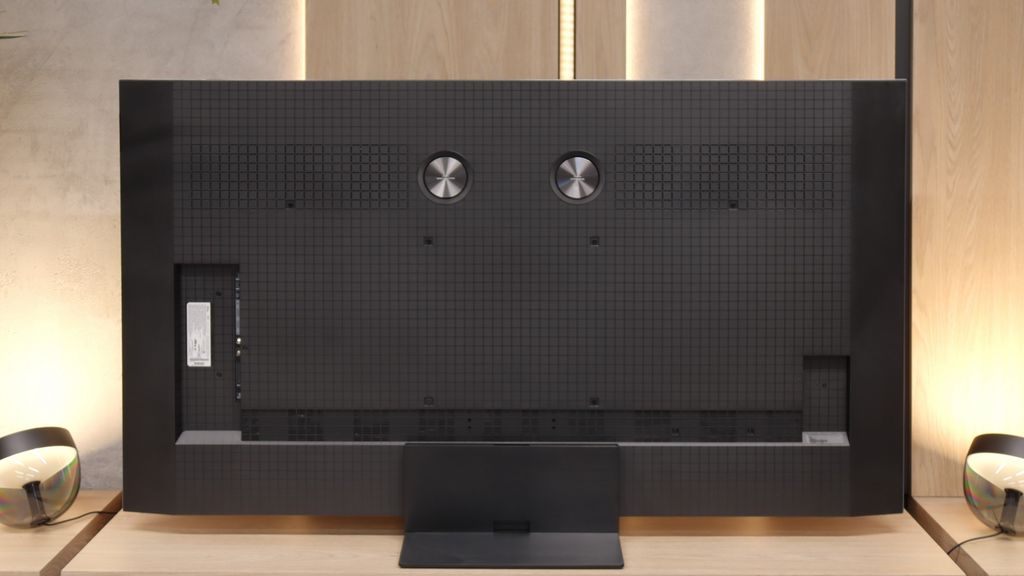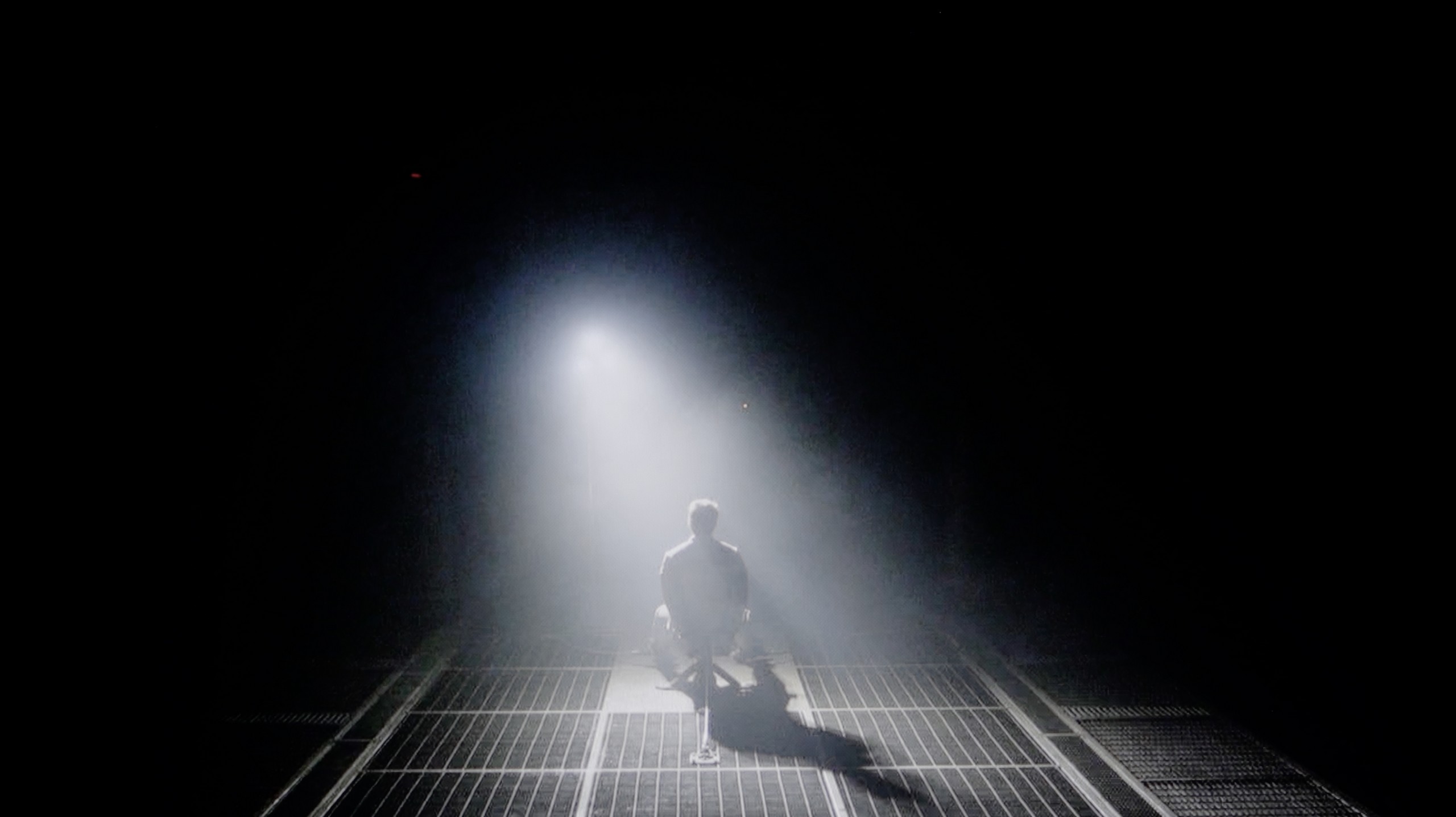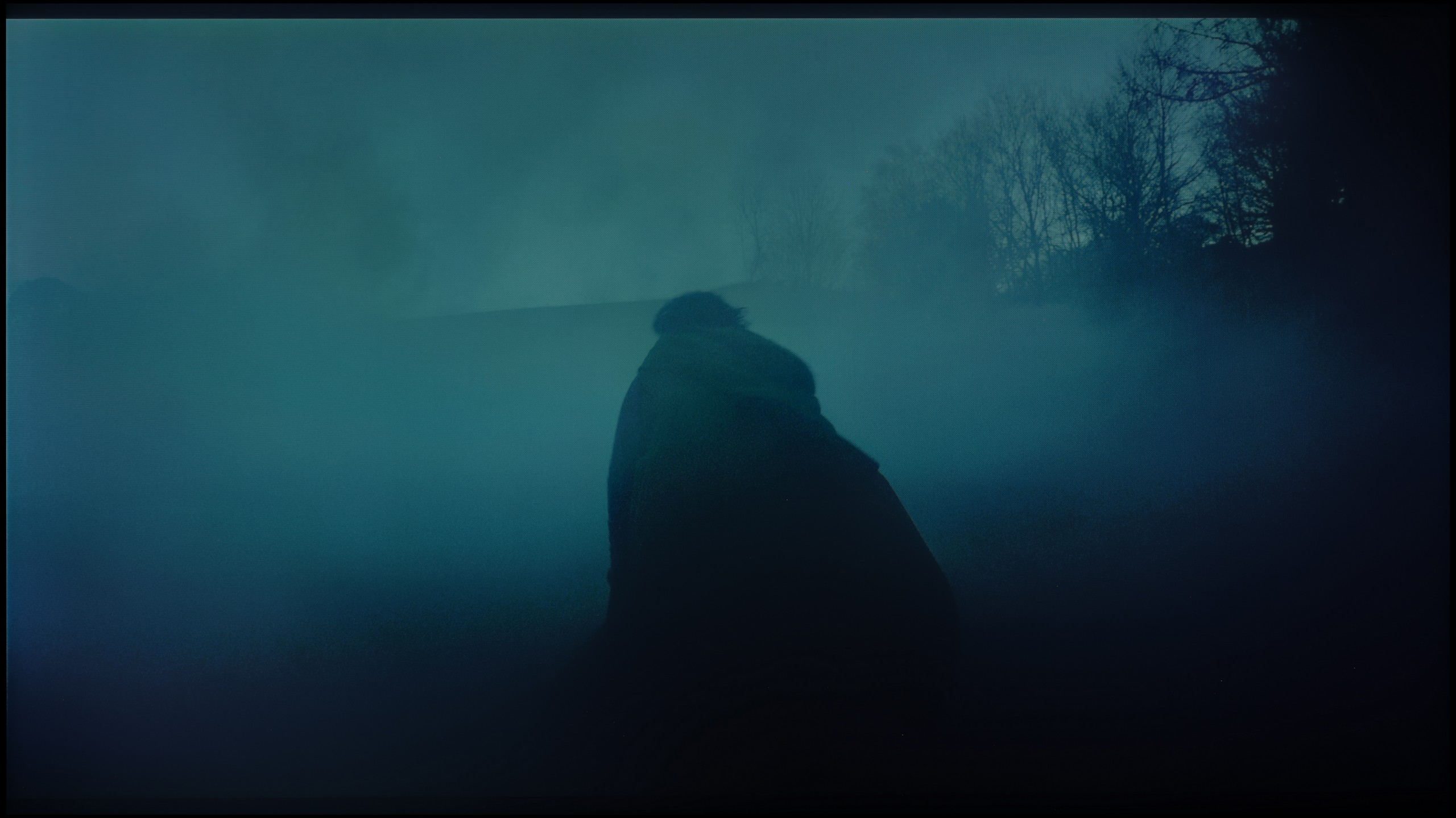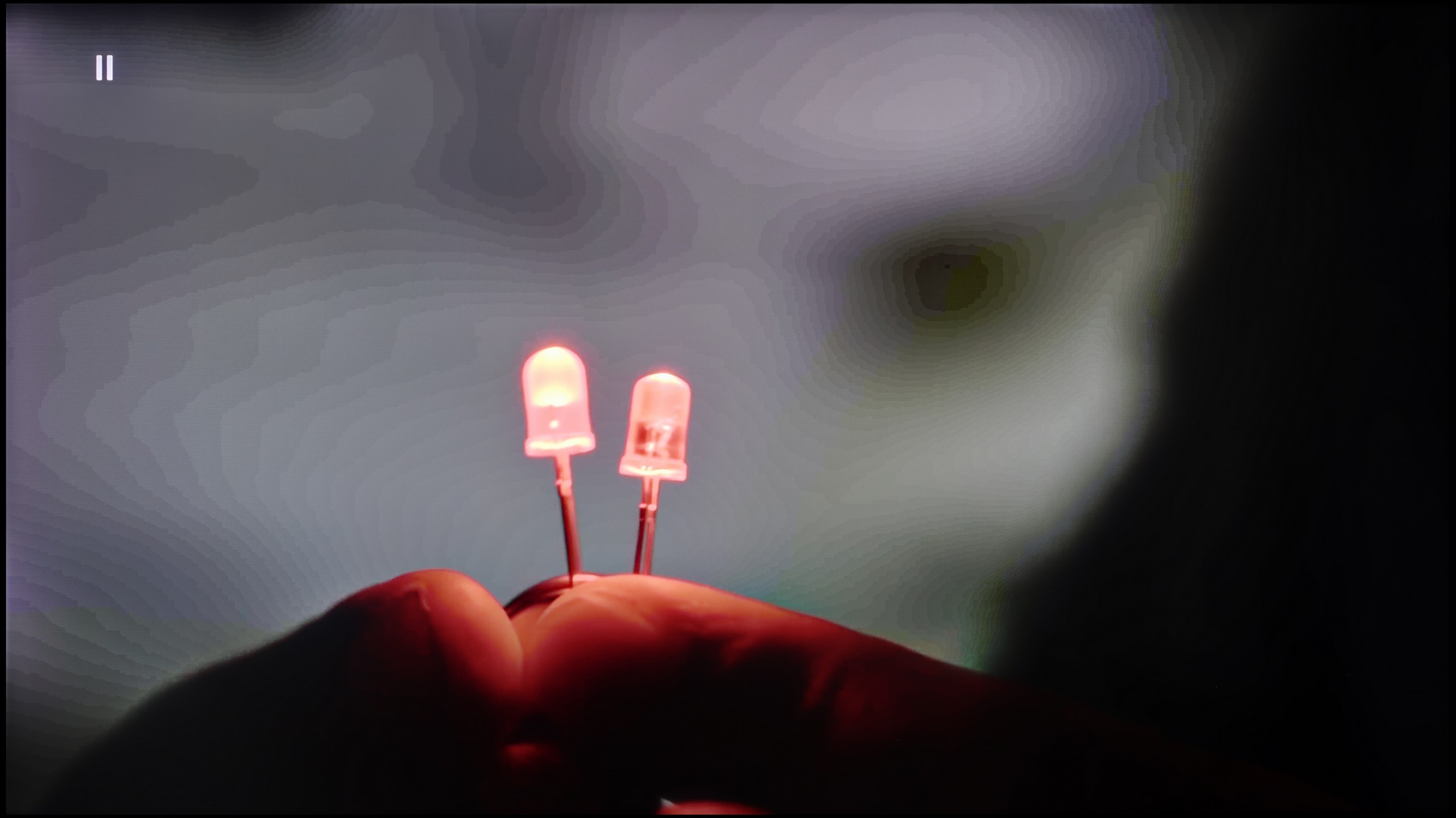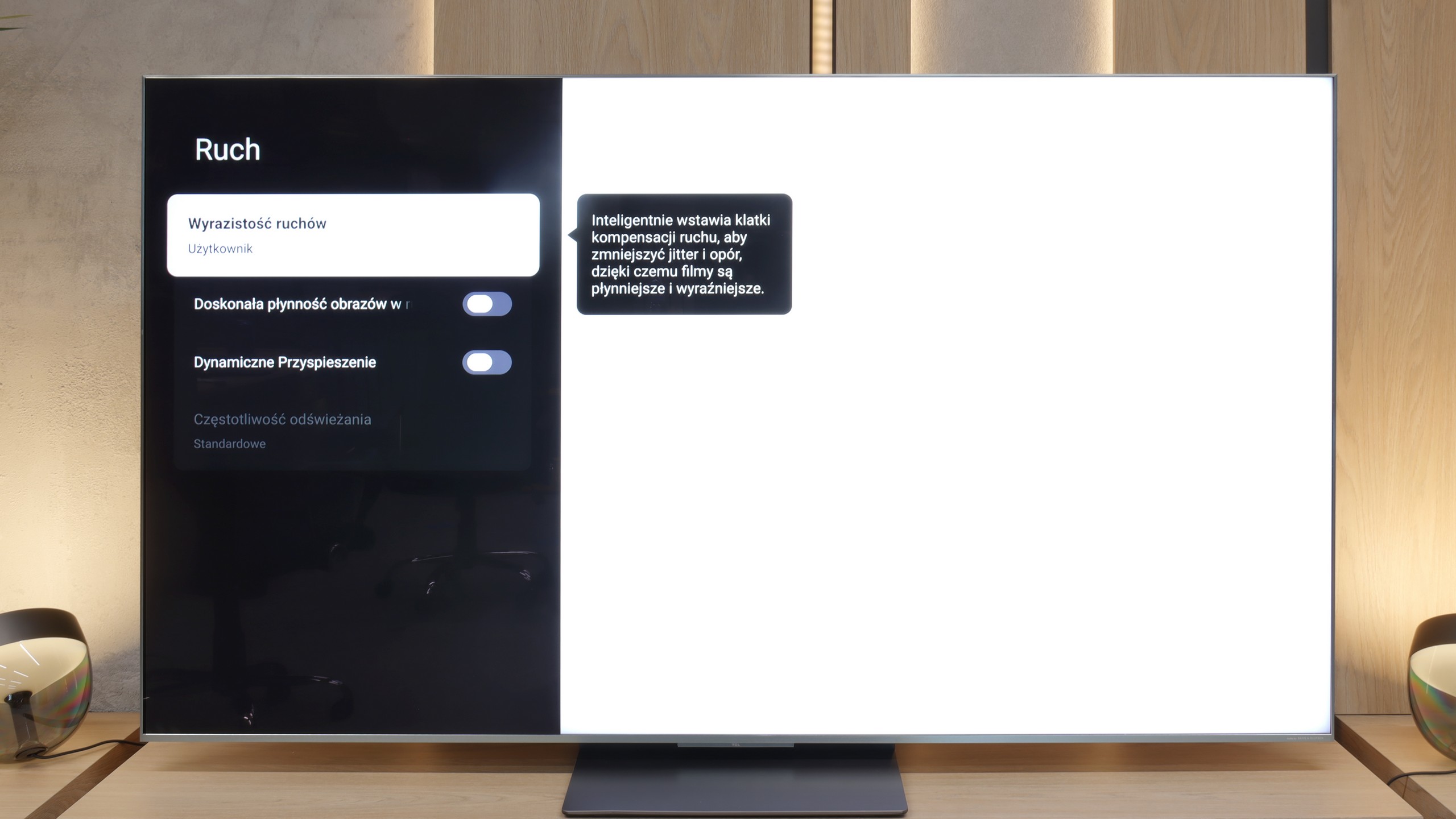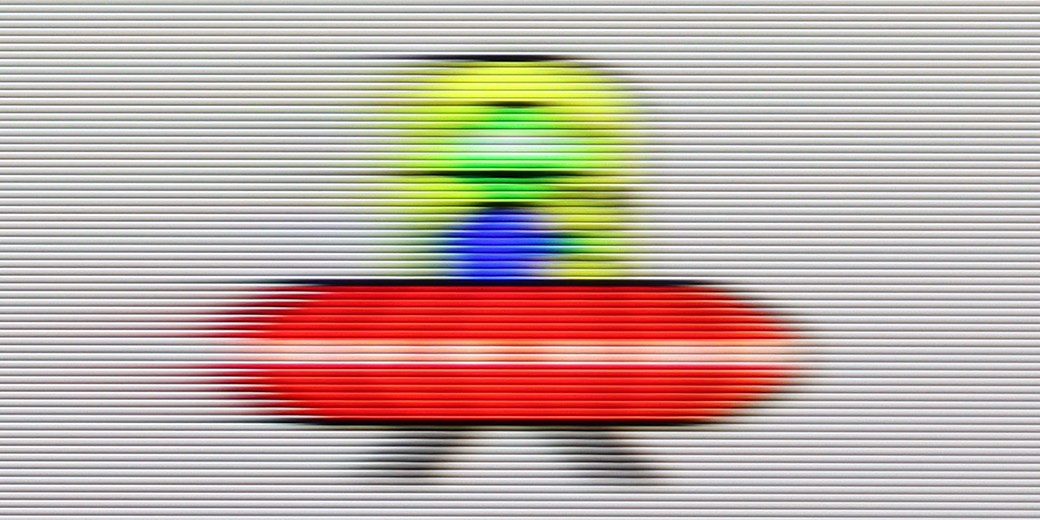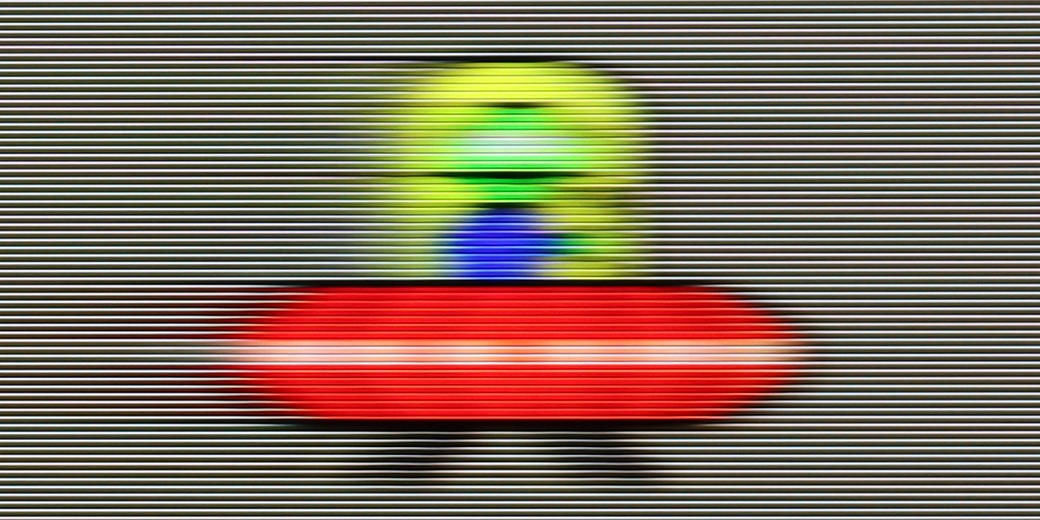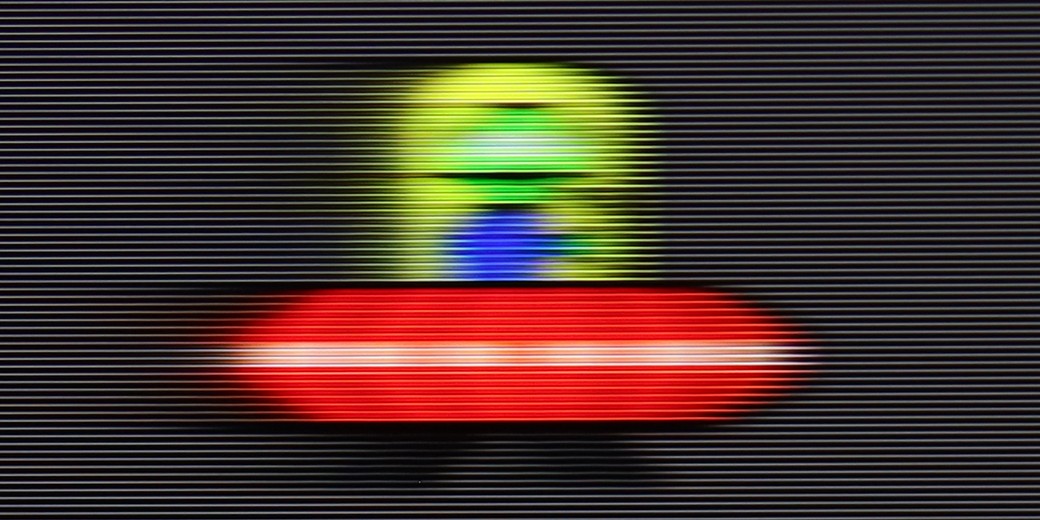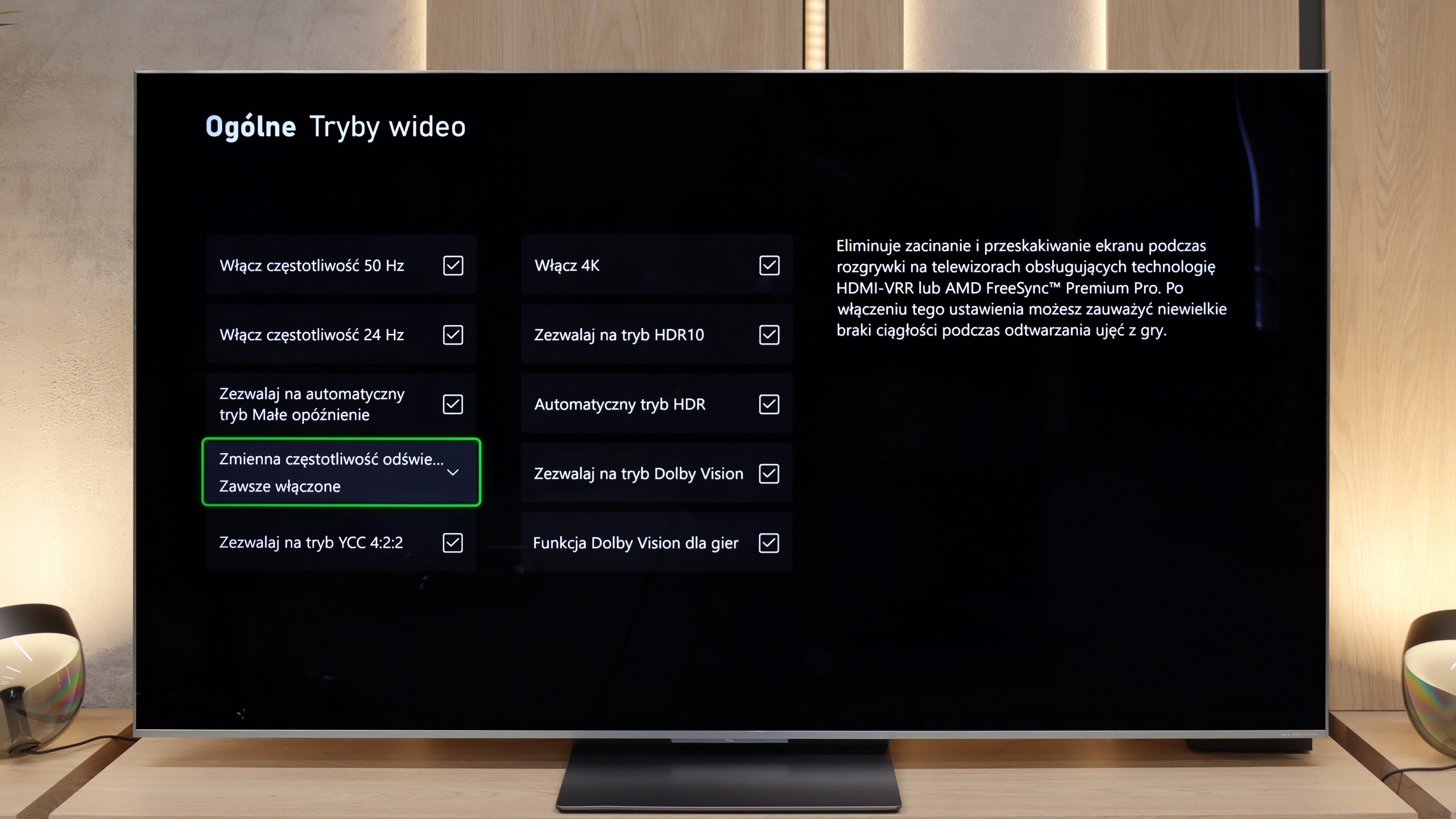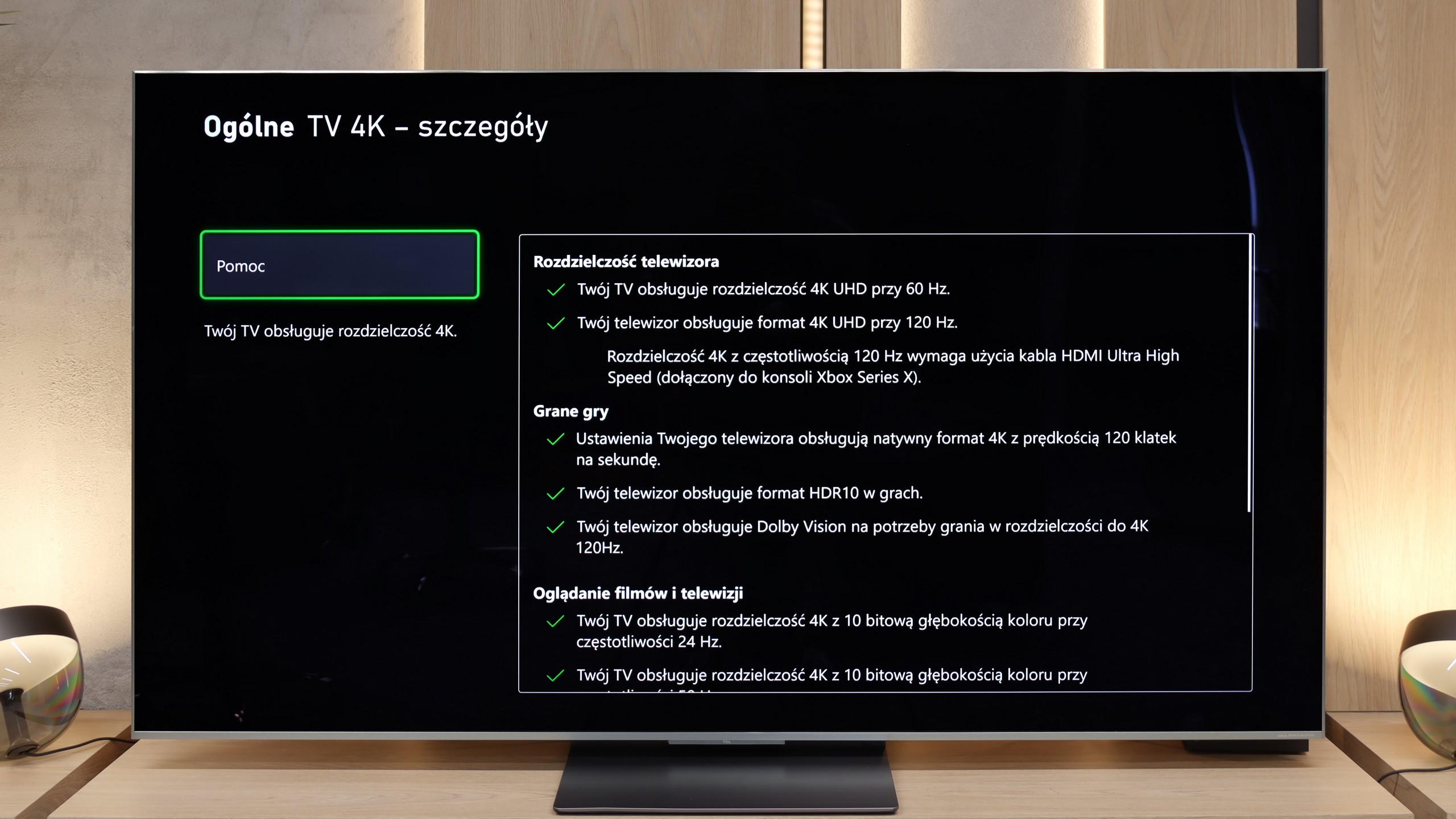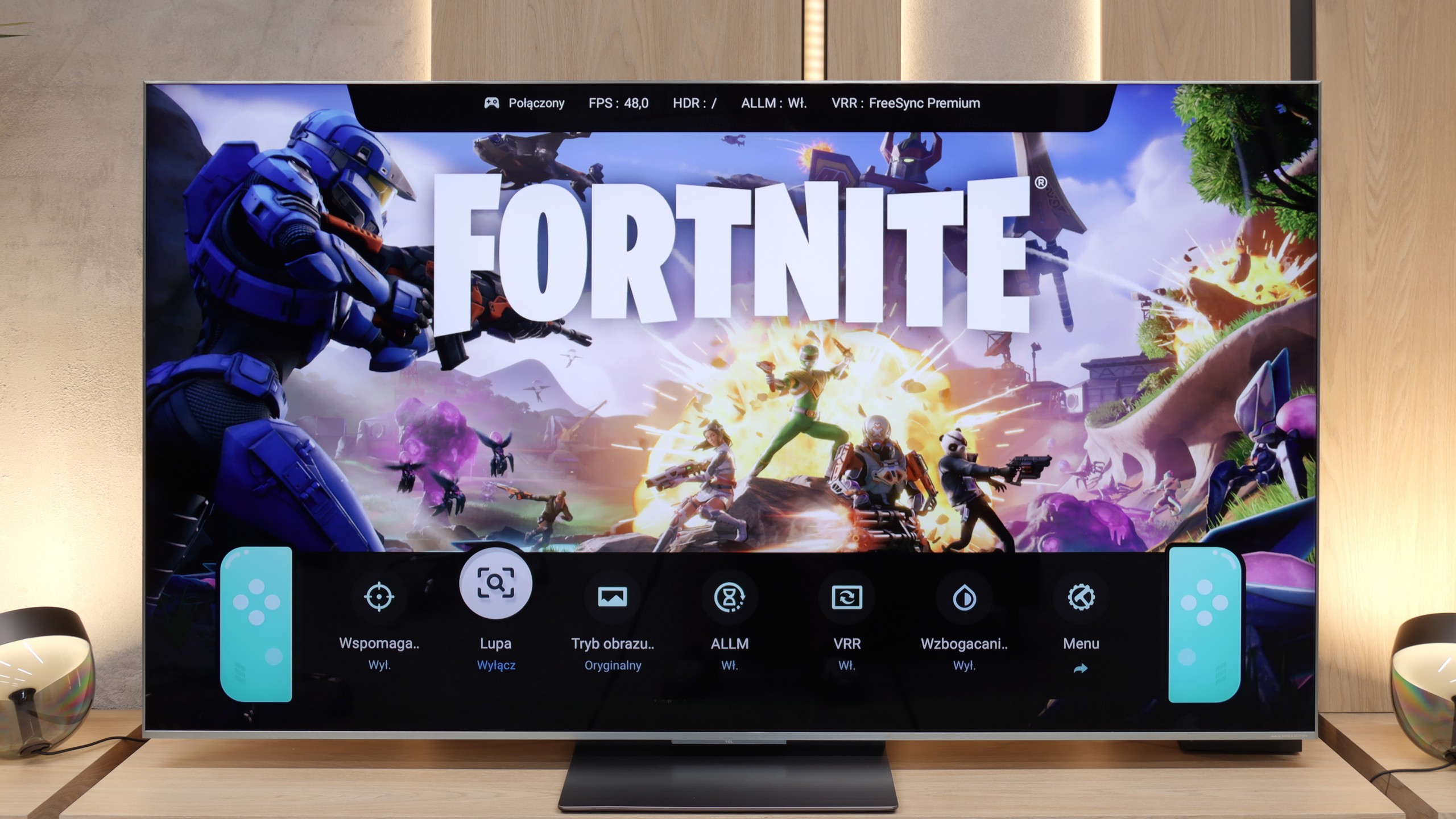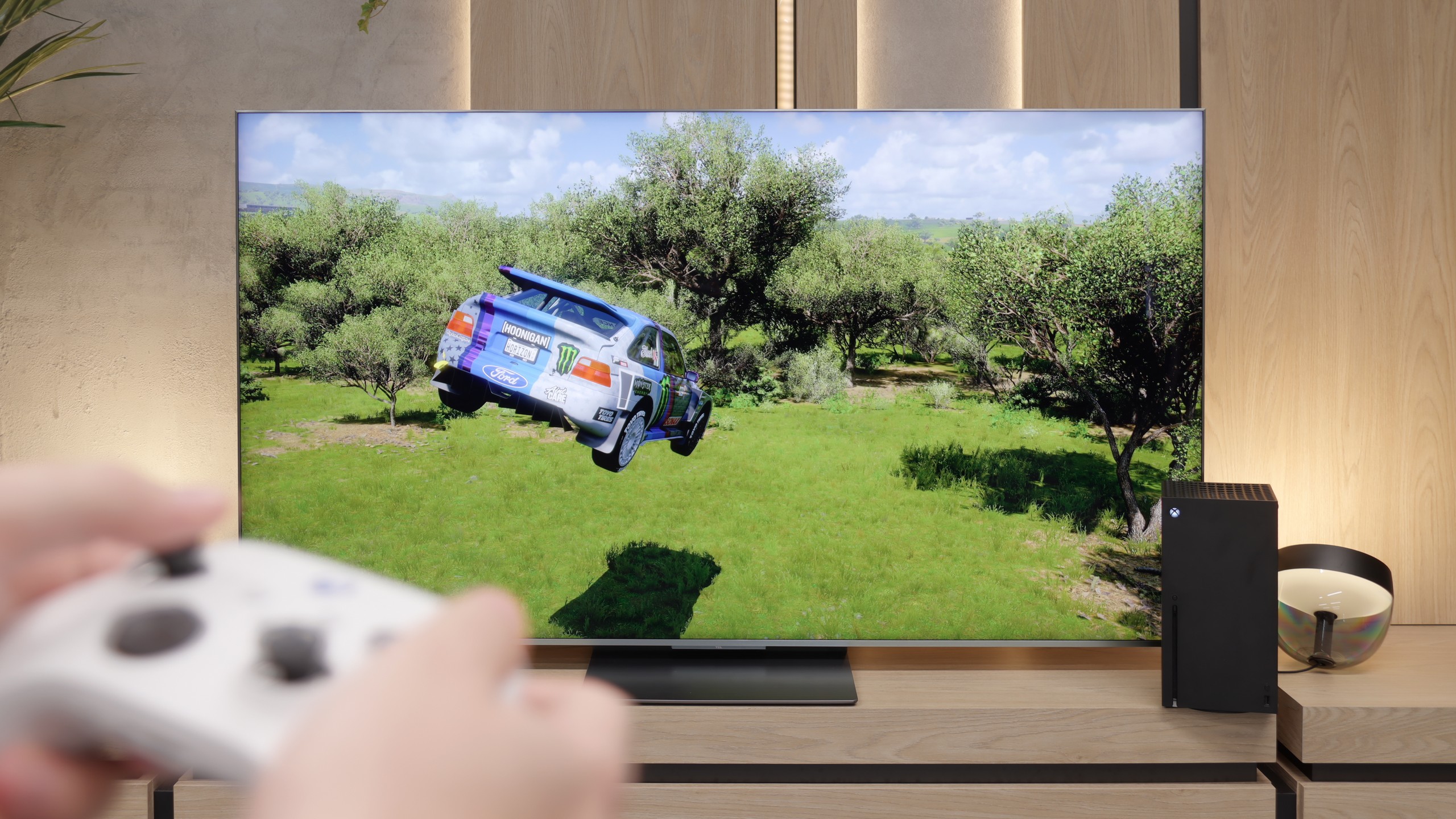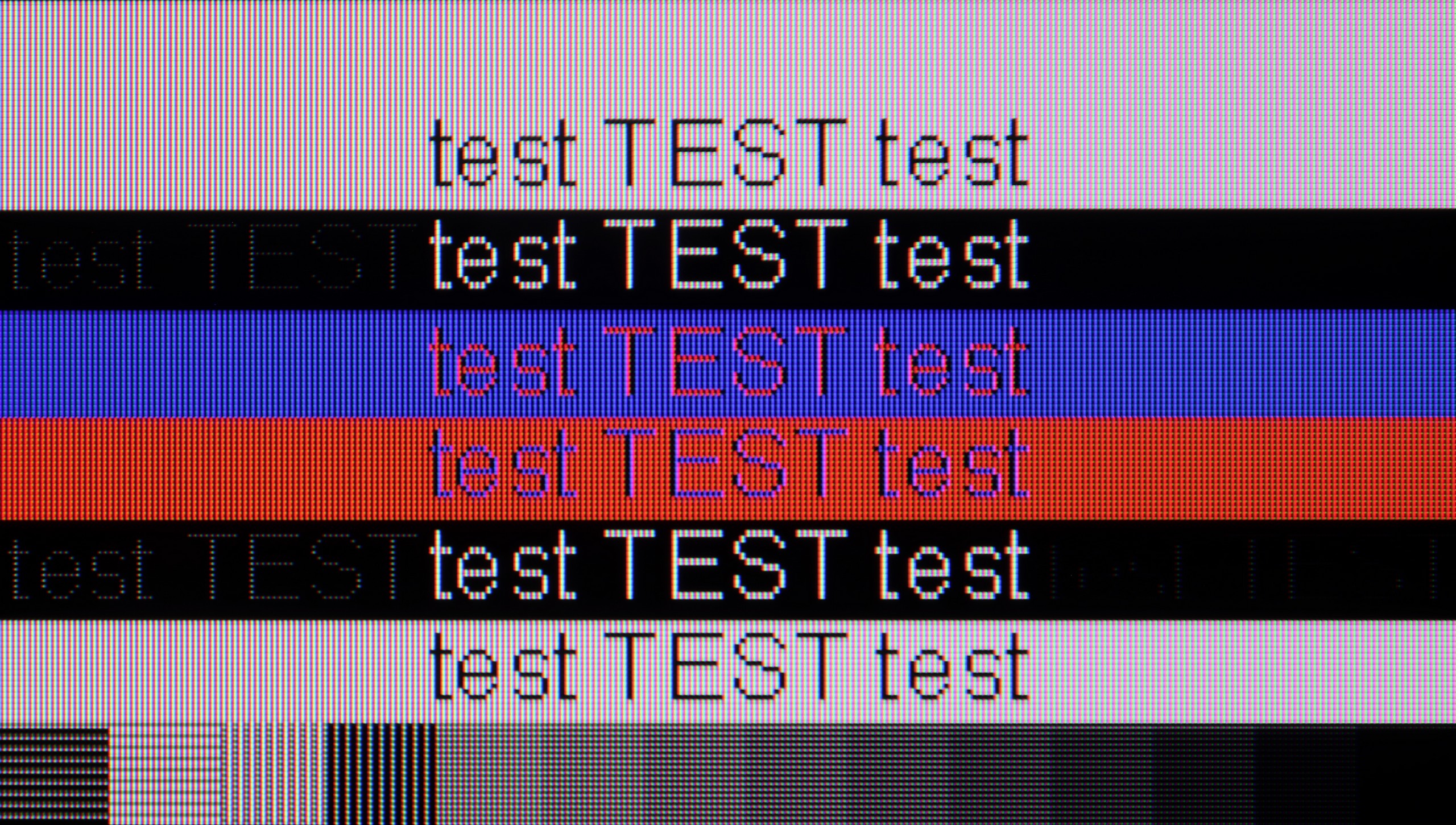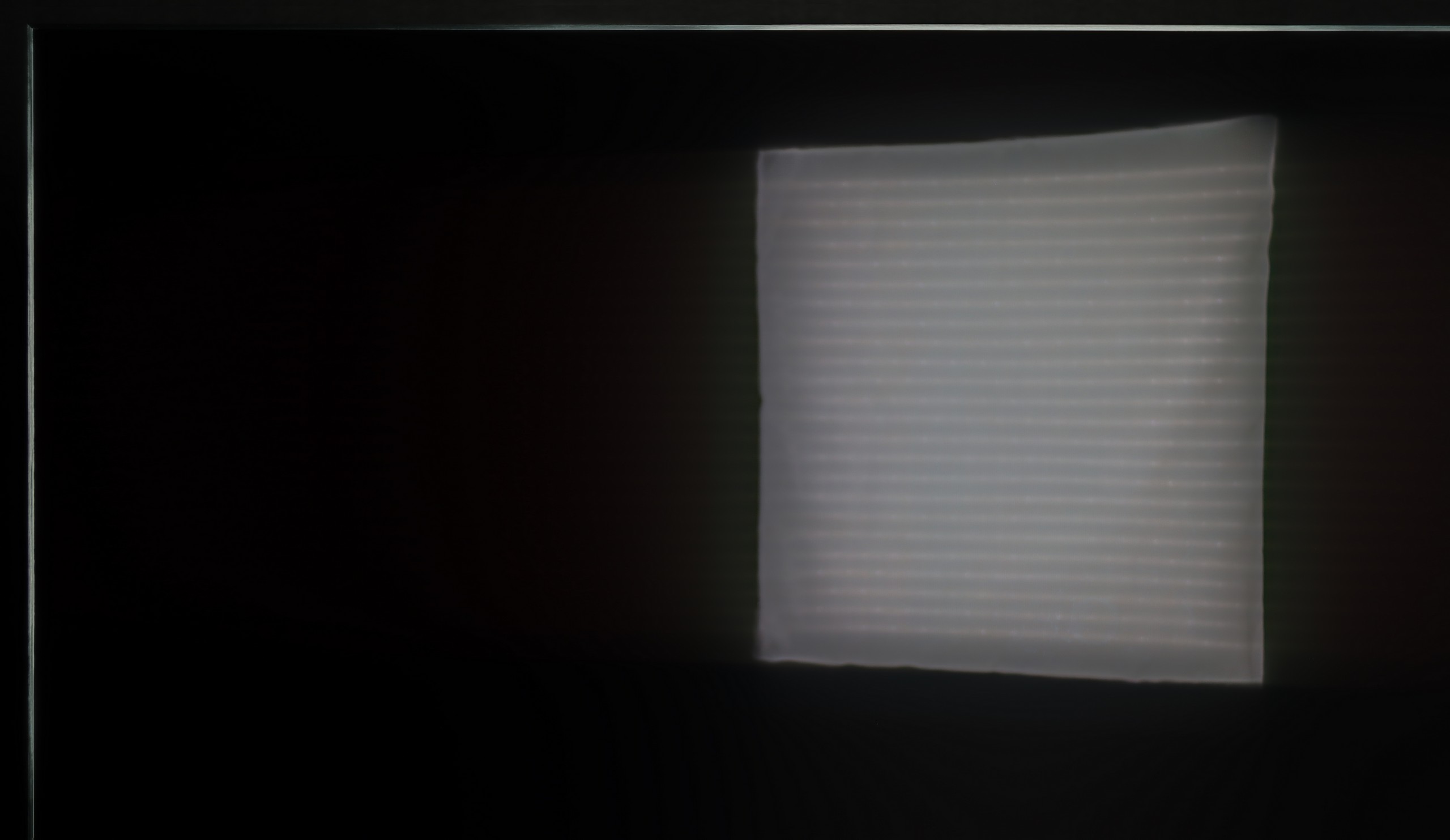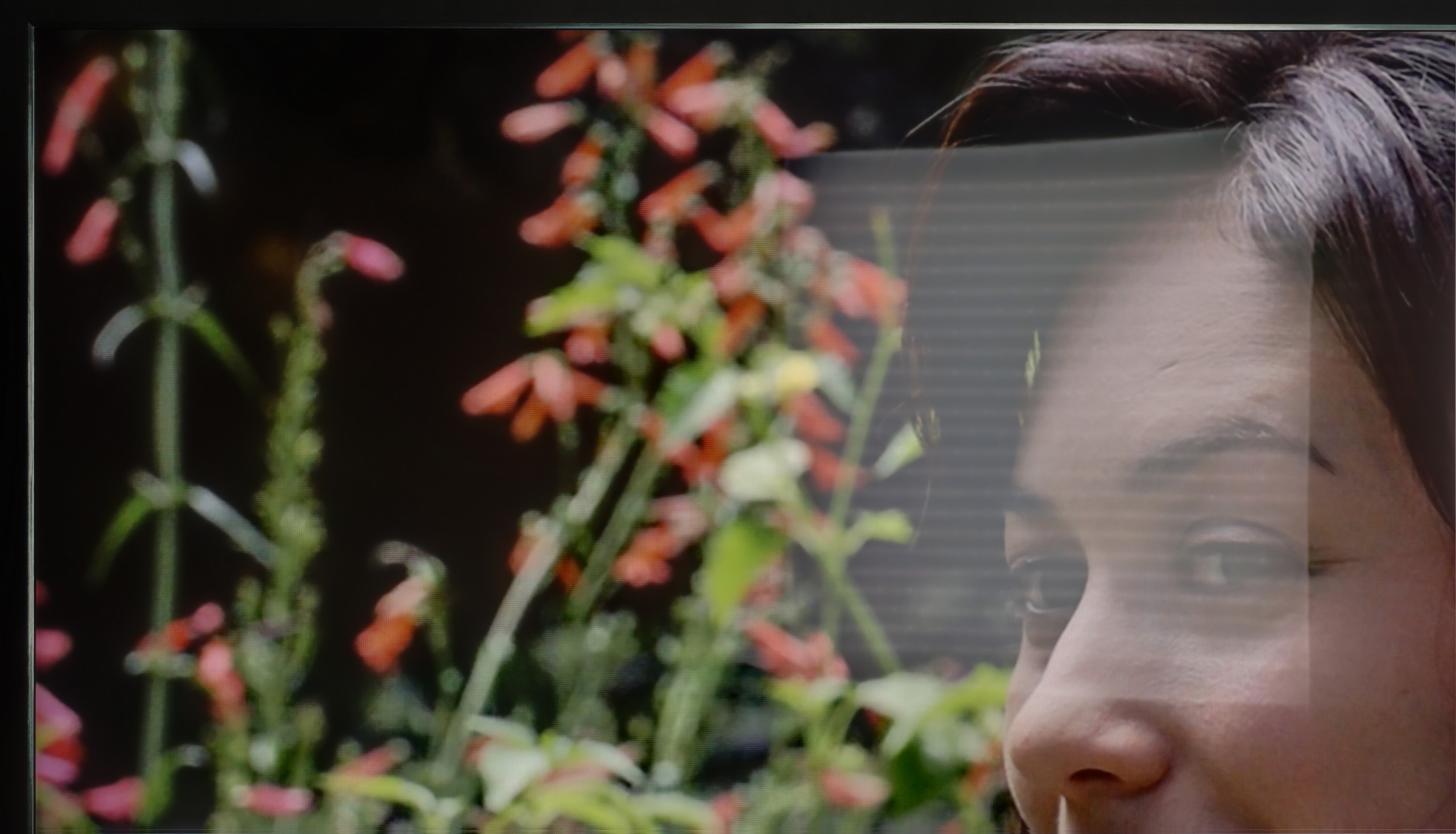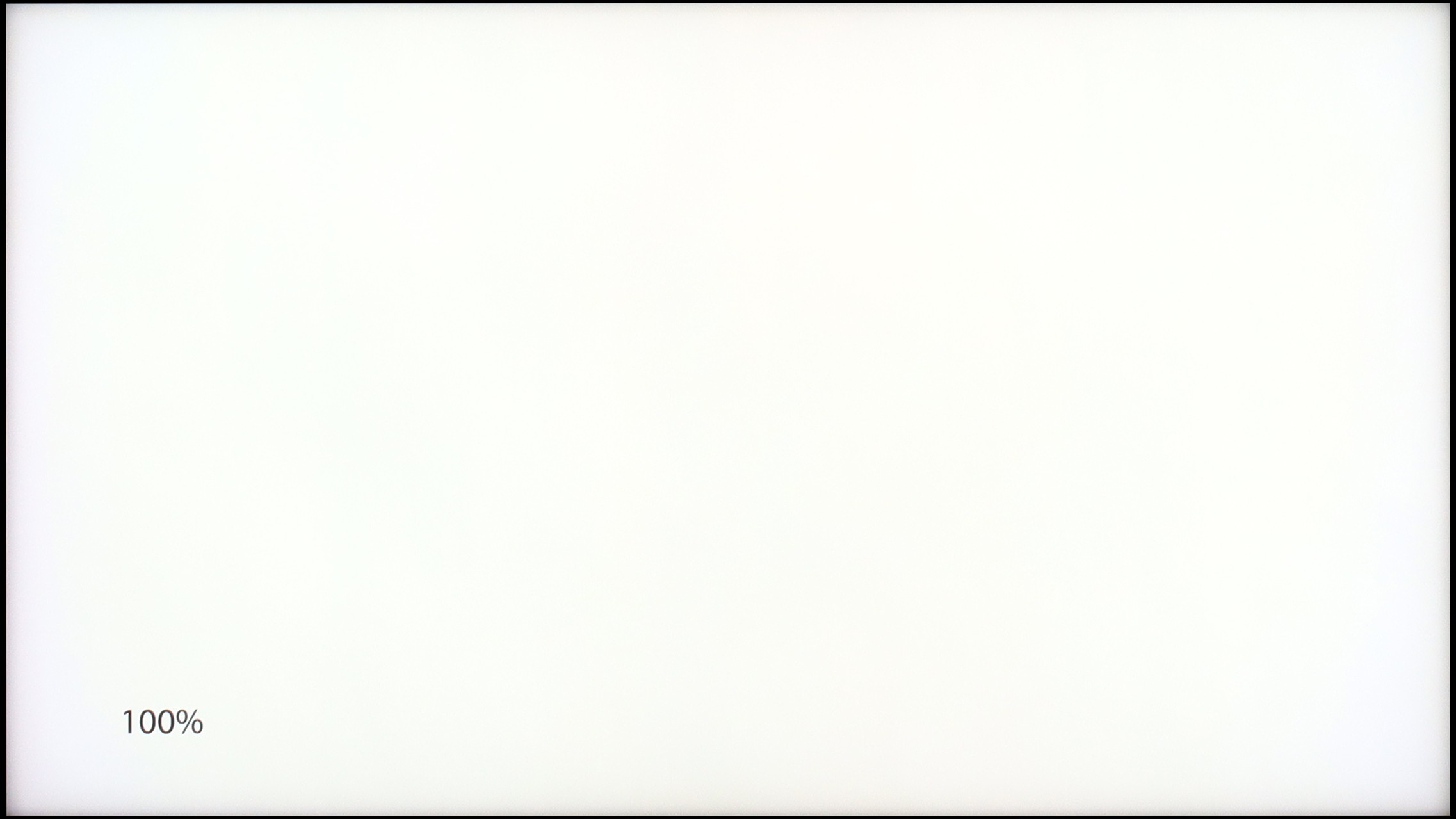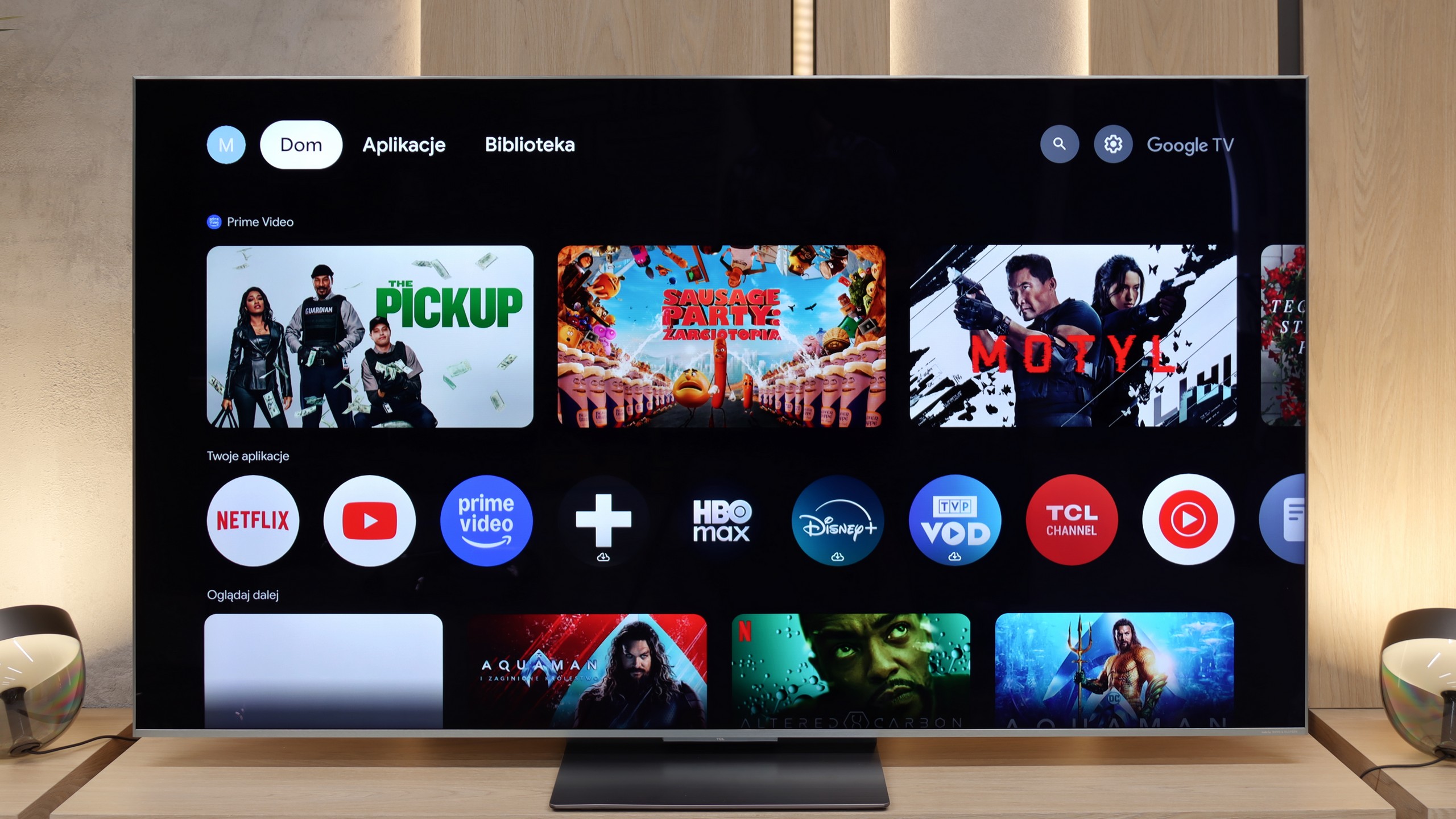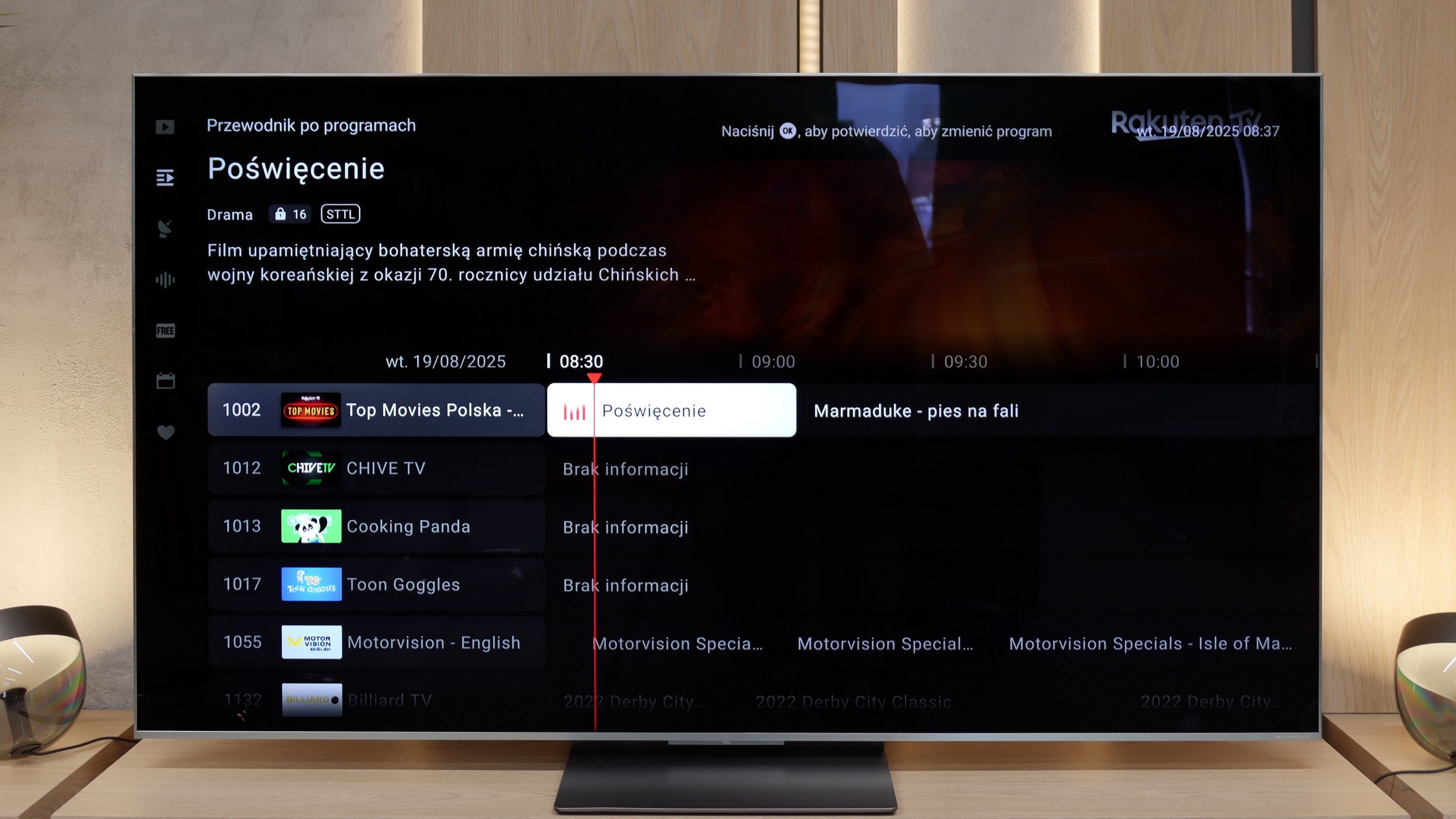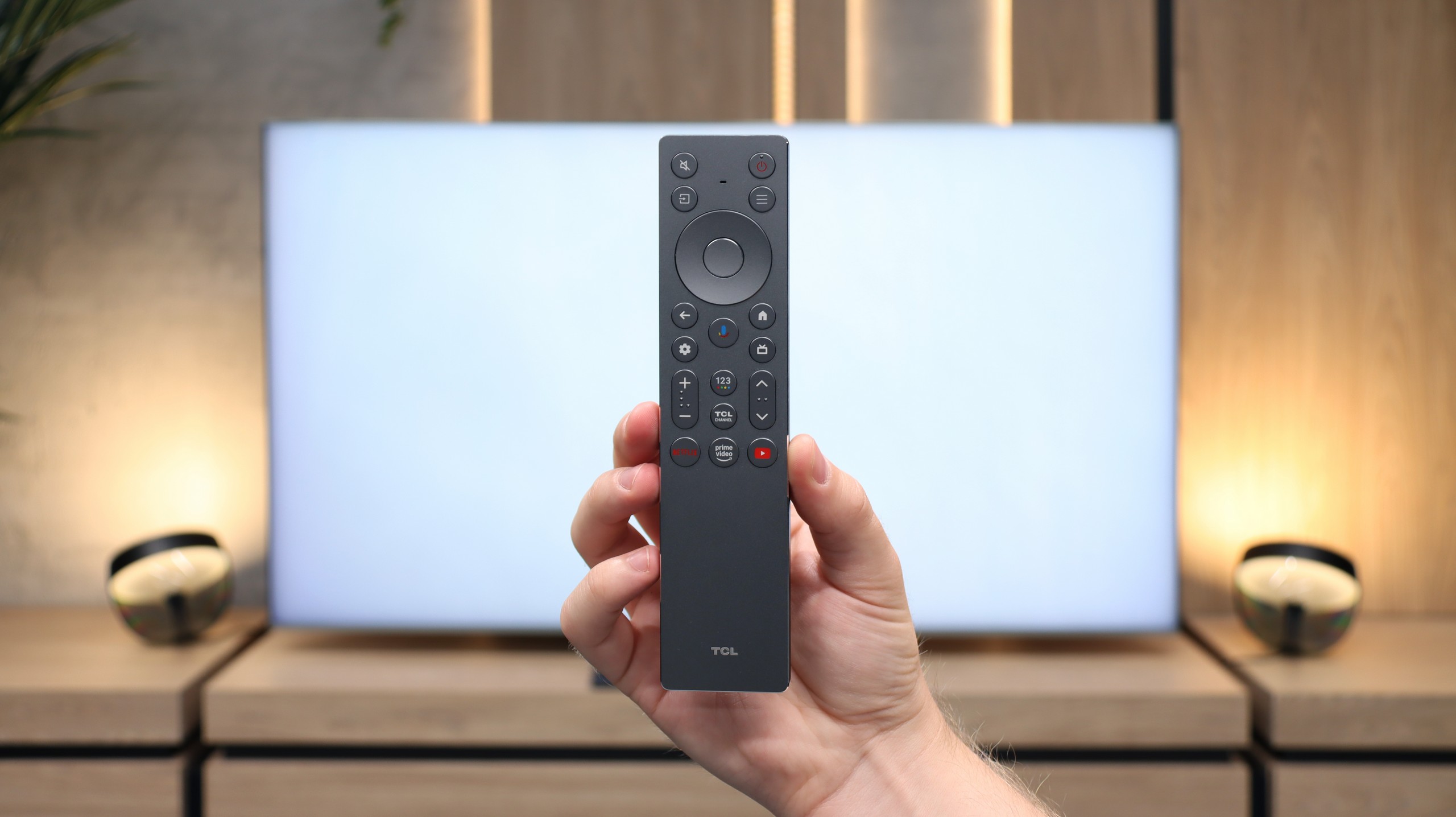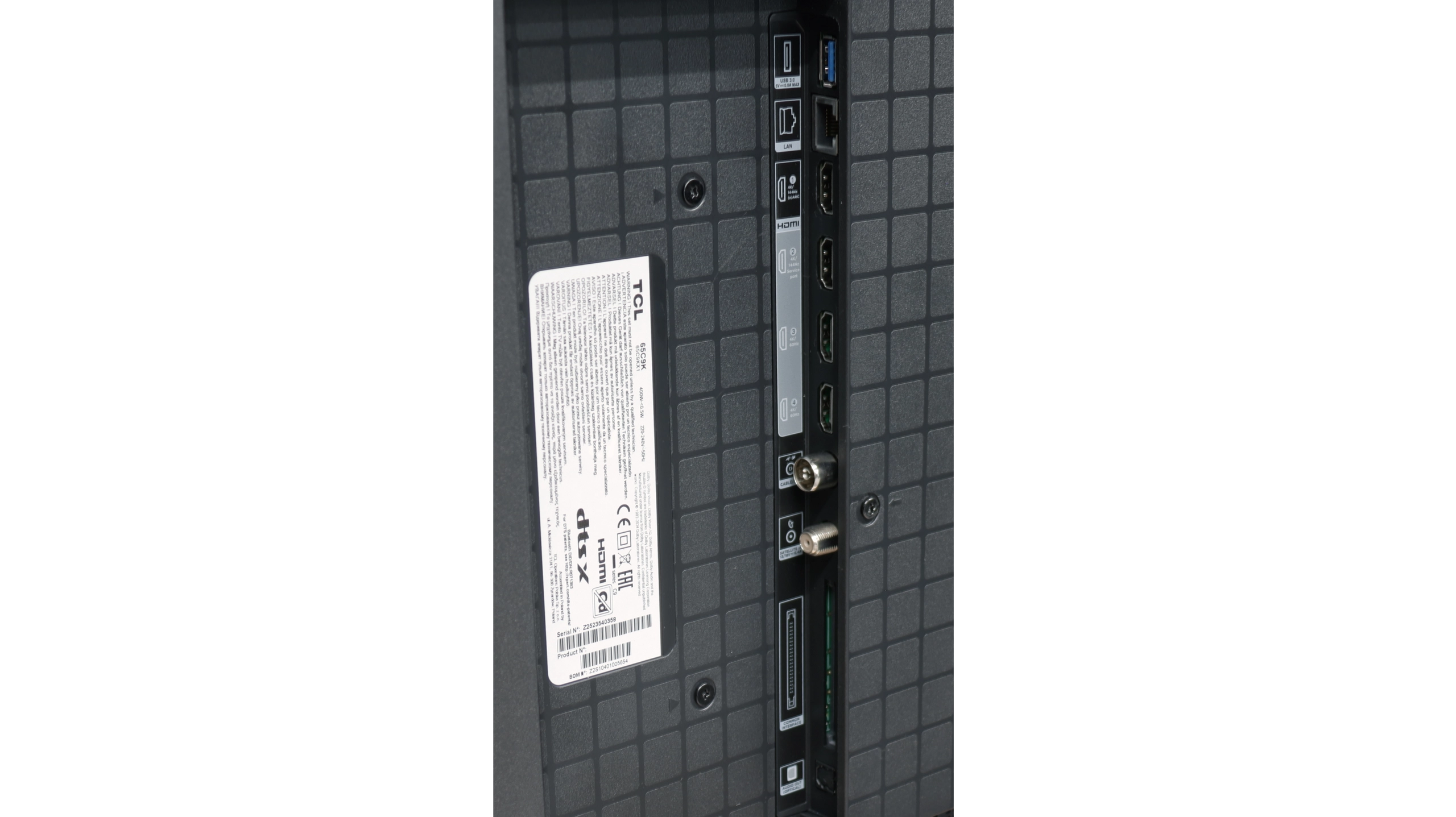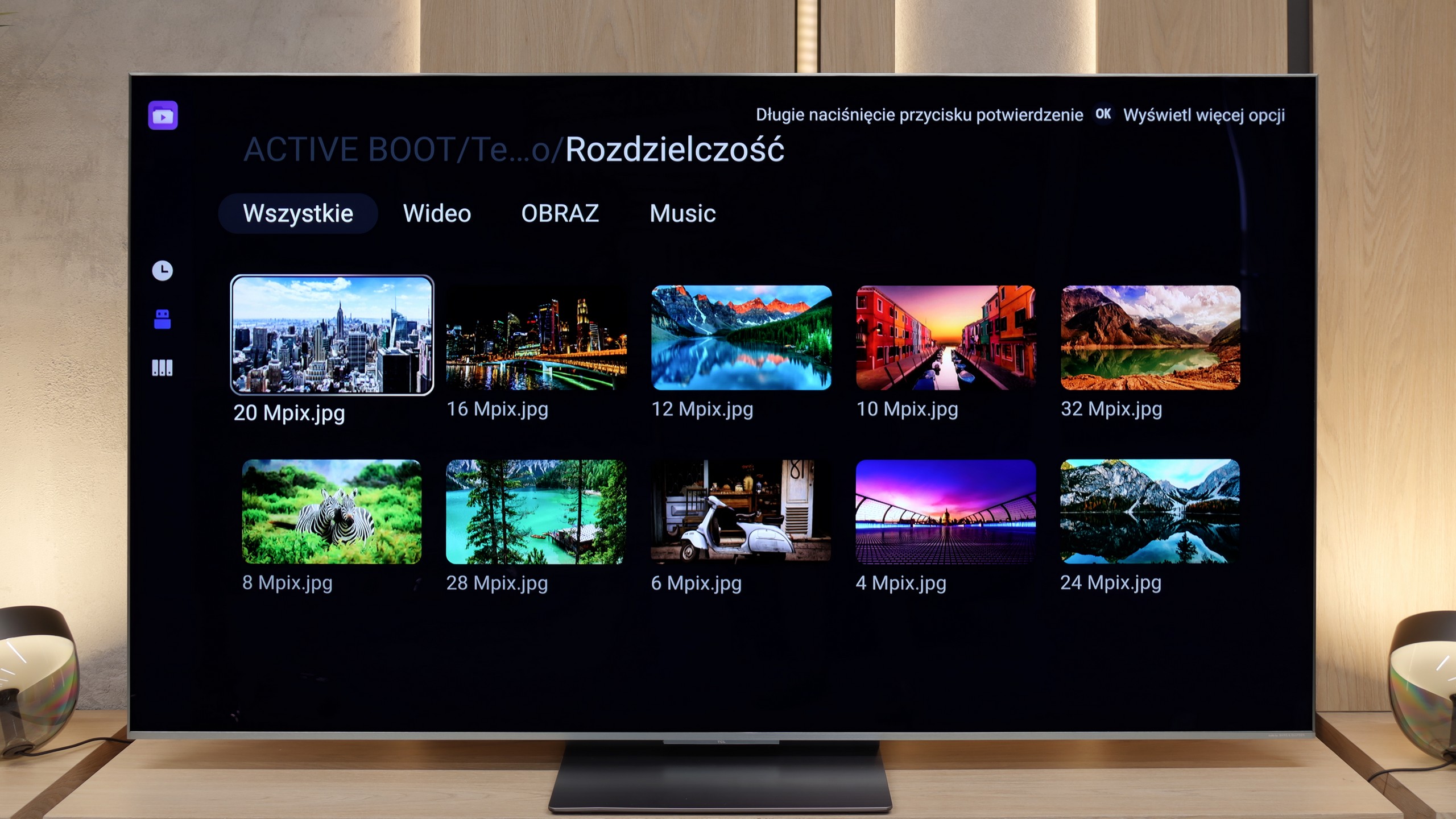The Samsung S90D TV is a model full of pleasant surprises, offering excellent picture quality and modern technologies. It is worth noting that depending on the size, the TV may differ in the type of OLED panel used. The tested model, equipped with a QD-OLED panel, delivers flawless black levels and intense, vivid colours. Thanks to its exceptional brightness, HDR effects make a huge impression, and watching dynamic scenes full of detail can completely capture the viewer's attention. This is the ideal TV for those who want to enjoy cinema at the highest level in their own home. Although the factory colour settings may require adjustments, after proper calibration the Samsung S90D reveals its full potential, competing with the best in its price category. This version stands out with the best viewing angles, allowing for a vibrant and colourful picture from any spot in the room. As a result, even when watching from the side, we do not lose quality, and every detail remains equally impressive. As for the operating system, Tizen makes everyday use of the TV, including handling applications and streaming services, enjoyable and hassle-free. Additionally, the support for AirPlay and access to the rich SmartThings ecosystem elevate the multimedia capabilities of the TV to a very high level.
The Samsung S90D also excels in motion fluidity, thanks to the 120Hz panel, which handles fast scenes flawlessly, eliminating blurring. Watching sports or dynamic films on this TV is pure pleasure. For gamers, the TV offers full support for HDMI 2.1 and low input lag, making it a great choice for console gaming, providing smooth and responsive experiences. Although the Samsung S90D has many advantages, it is worth mentioning a few drawbacks. In bright rooms, the black levels on the QD-OLED panel do not look as perfect as in dark conditions – they lose depth, which may be noticeable when watching during the day. Additionally, the readability of fonts could be better – some text displayed on the screen is less sharp compared to competing models. Nonetheless, the 65" Samsung S90D is a TV that combines excellent picture quality, motion fluidity, and innovation. It is one of the best options in the premium segment, meeting the expectations of both cinema lovers and gamers.

